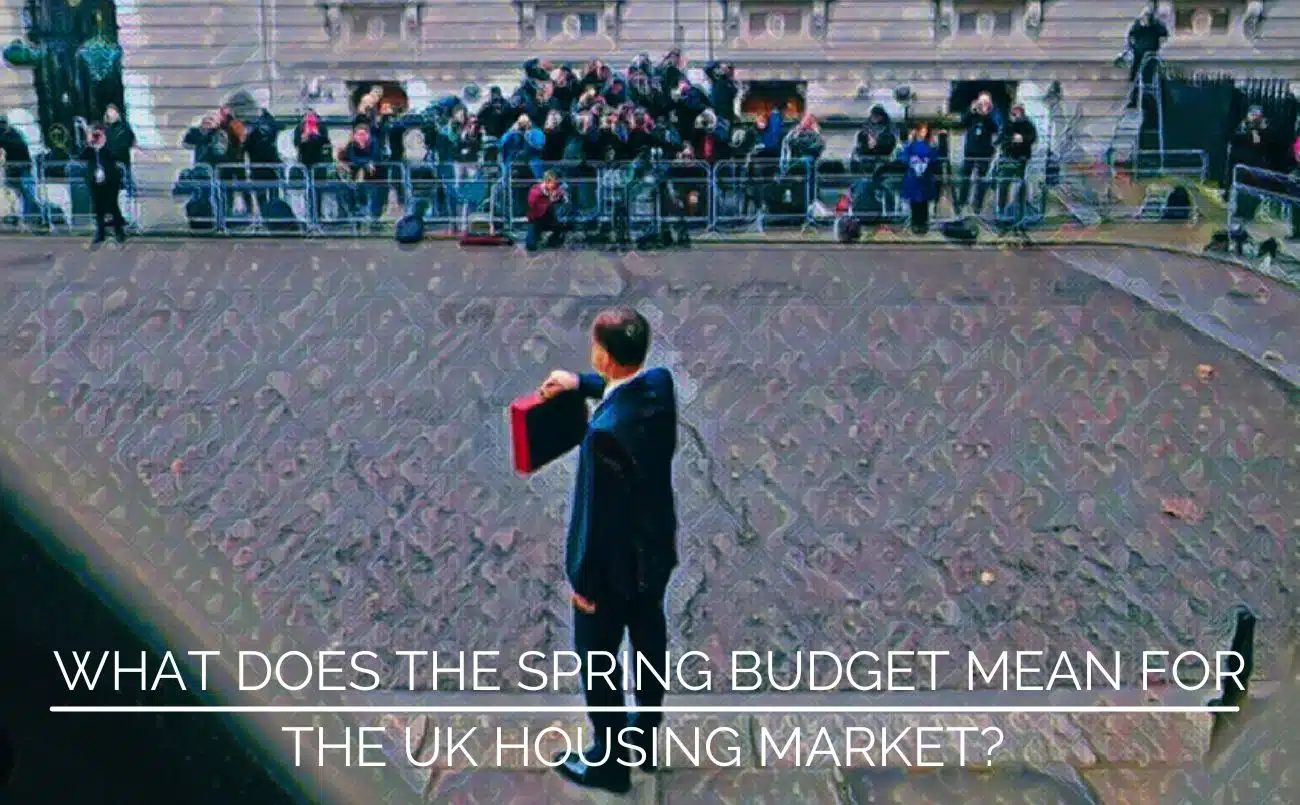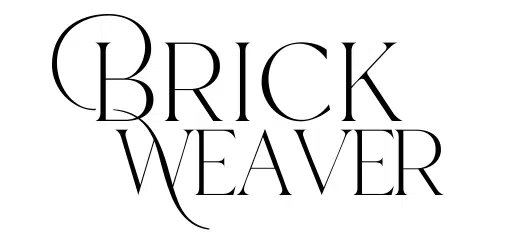
For many there wasn’t much “spring” in the Chancellor, Jeremy Hunt’s, Budget step, just a rather monotonous drawl about how the UK would “technically” avoid a recession which conjured up an image of a 12 year old trying to be clever. So what does the Spring budget mean for the UK housing market? Bluntly, not a lot but it does give us some insight into when the property market will be at its weakest and when it will start back up again.
New homes
With housing targets abandoned, developers are postponing completions for a more lucrative time to sell. Many have complained the slowdown in delivery is due to the exodus of tradesmen caused by Brexit. In an attempt to lure the many tradesmen who downed tools, back, ‘construction workers’ have been added to the “skilled list” for migration entry purposes. The Government hopes this will help keep the industry wheels moving, ensuring existing sites continue to be built out whilst also enabling the faster delivery of new homes in future.
The problem with this is that confidence to build more has to be backed up with confidence to buy, and currently with high interest rates, the cost of living, inflation and no Help to Buy prop, the market is suffering from low self-esteem.
UK House prices
The main headline though, was the OBR declaring house prices would fall from their fourth quarter high in 2022 by a further percentage point from its November prediction of 9% to 10%.
According to the RICS March surveyor‘s report – 60% of sales are already being agreed below the asking price, rising to just over 70% if a property is priced between £500,000 and £1 million. The degree of price drop however, depends on the location, stock levels, seller desperation, type of property and competition.
The RICS surveyor report also declared the average discount achieved by buyers was currently at 5% so if we are halfway there, logic would suggest by the summer we could potentially be at 10% or worse. The knock on effect of this is simply that those sellers who don’t have to sell, won’t sell. This is reflected in the OBR’s forecast that property transactions are expected to drop by 20% relative to their peak in the same quarter.
If stamp duty receipts are anything to go by, the OBR agrees; with receipts expected to fall by £4.7 billion (27%) in 2023-24 before rising from 2025-26 onwards by an average of 16.8% a year, as the market regains confidence and buyers try to “step up” before the nil-rate band measure comes to an end in March 2025.
Interest rates
Meanwhile the elephant in the room, interest rates, were expected to peak at 4.3% before dropping to 3% by the tail end of 2025. However, this was quickly revised by market participants after the close of the forecast, from a peak of 4.8% to 3.8%. If this is the difference a few weeks can make, imagine a few months!
Infrastructure and development zones
Elsewhere, infrastructure funding via the UK Infrastructure Bank hits some financial speed bumps in the road, as it’s estimated between 2022-23 and 2025-26 there will be 37 per cent less spent – £3.7 billion versus £5.9 billion. That is not an insignificant drop.
Whilst for development zones, where 200 sites were sitting on a wall, along came Hunt, and now there are just eight sites sitting on a wall. Talks haven’t even begun on how the money will be distributed, so expect a five-year overall delay for full funding to come to fruition.
So, in summary, what does the Spring Budget mean for the UK housing market? This year going into next year will not only be confusing but misleading. Many equity-rich parties will wait out the market whilst others desperate to sell will have to accept price reductions to move. First timers who don’t bank at Mum and Dad’s will watch house prices and rates from the sidelines whilst cash buyers will feast on need. Timing is everything and riding the wave of when to buy and when not, will come down to what and where you are looking and with what funds.





